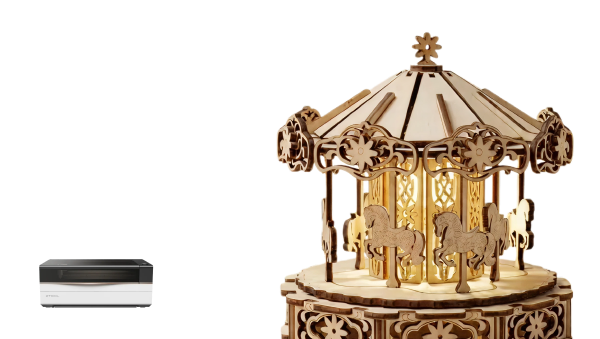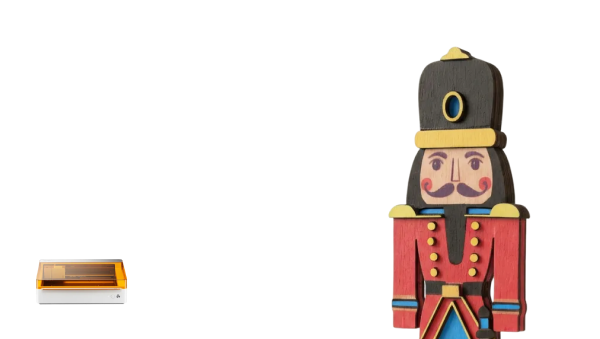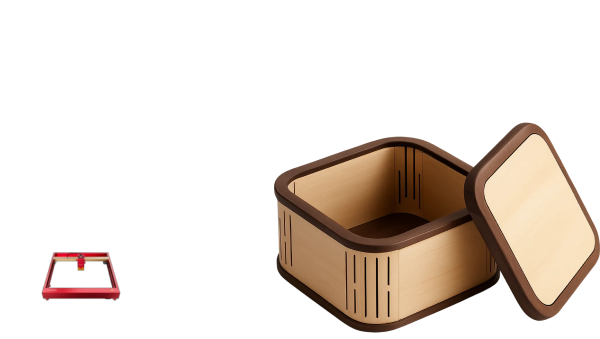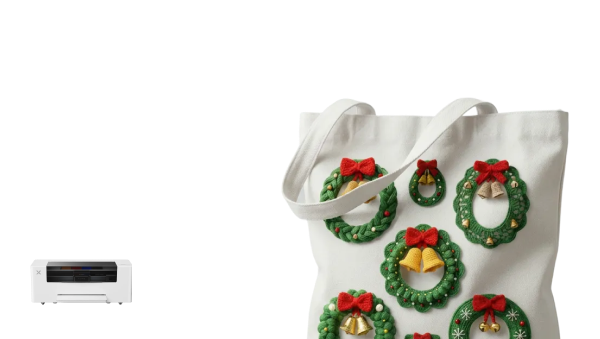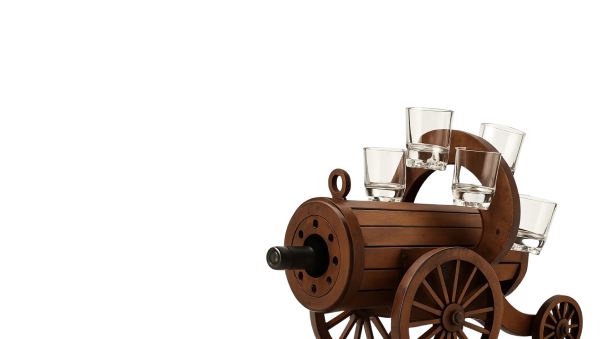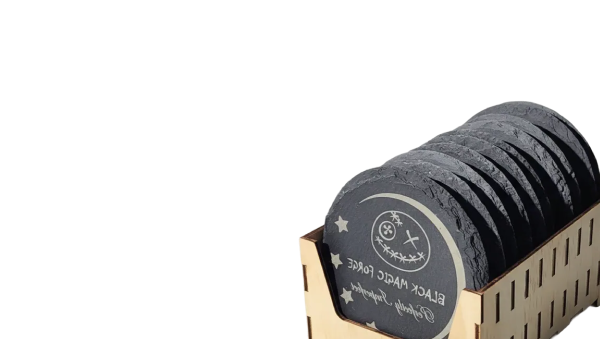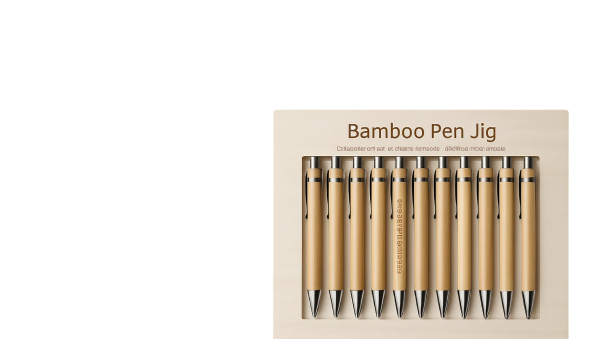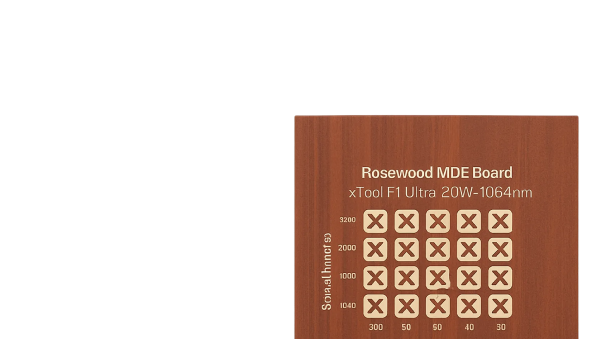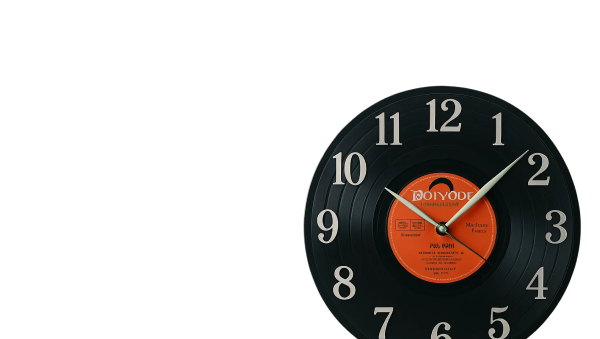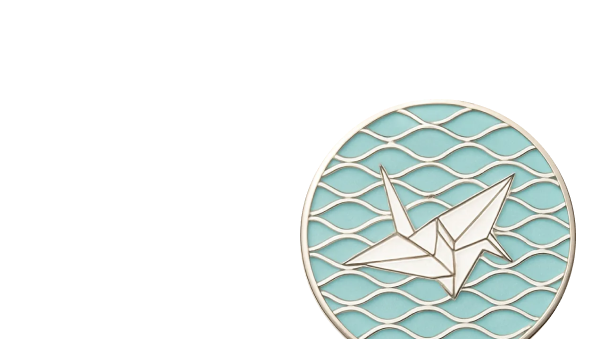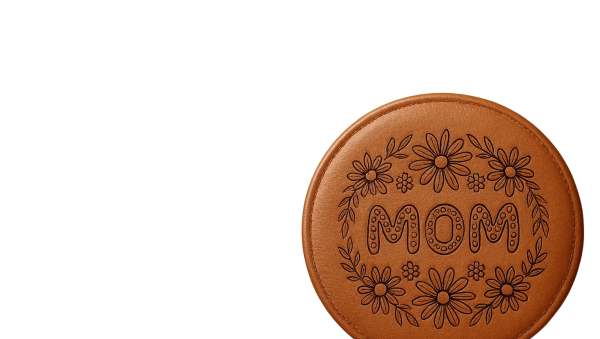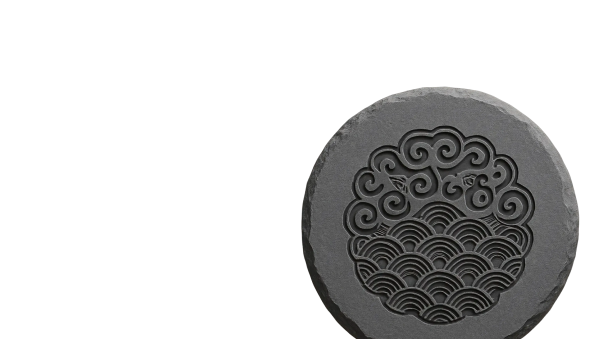![[Laser cut and engrave] Customized Caution Sign](https://image-res.xtool.com/ali-res/community/making/993be459-7f16-476c-93bd-22dc616f71e6/IMG_5501.jpeg?x-oss-process=image/resize,w_1200,h_900,limit_0/interlace,1/format,webp/auto-orient,1)
Customized Caution Sign
Information
Ever needed a sign for a very specific purpose—so specific that it's not something you'd find at a home improvement store? I've needed to create a few signs for our rental property, and after a search online, I figured I'd end up having to order something custom from FastSigns. But once I bought the M1, I figured I could probably engrave a generic store-bought sign with the warnings we needed. Ultimately I wasn't satisfied with the engraving results, so I turned to adhesive vinyl and got to some cutting and weeding! This was my first real vinyl sheet project, and, while it has slight imperfections, I'm pleased with the final, professional-looking results.
Instruction
Step1: Design your message
Find a sign blank that works for your needs. If you can't find something off the shelf, consider making it yourself—it'll just require a little more design and perhaps a sheet of acrylic or painted aluminum. My requirements were that I needed something that was eye-catching and could hold up to the elements outdoors.
Once you have your base sign material, draft and design your messaging. Safety signage can be tricky. It needs to be bold, concise, and easy to read. I chose Avenir Next Condensed for the font. It's a clean, sans-serif typeface that works nicely with the CAUTION text already printed on my sign blank.
Align the blue adhesive cutting mat on the M1 base tray (be sure to remove the protective sheets from both sides first), then place the vinyl sheet you've selected on that. Make sure your design fits within the boundaries of the material and adjust the font size accordingly.
Since this was my first real adhesive vinyl project, I decided to duplicate the message so I'd have a backup in case I needed it [I did].
Step2: Cut the design
Once your design is final and the material is in the M1, ensure your settings are properly configured. I selected xTool's official, recommended settings for adhesive vinyl.
If you rarely use your M1 for cutting, make sure your cutting tool is inserted with a fresh, sharp blade. Disconnect the air assist nozzle if you have one and set it and the hose in its storage position to keep it out of the way.
Frame your job to ensure it will all cut within the material boundaries. Adjust accordingly if not.
While my project had a duplicate copy of my message, I set the second one to Ignore since I'd never done this before. I wanted to ensure the first one came out OK before committing to the second one.
Process your job. These can run pretty fast. When it's finished, open the M1 and gently pull up one corner from the mat. Carefully curve the corner back around the edge of the letters to verify that it cut through the vinyl without cutting the backing. If so, you're good. If not, you may need to adjust the Cut Pressure setting. Mine looked good, so I placed the corner back down flat and ran the job again, this time ignoring the first copy I just cut and setting the second copy to Output.
Step3: Weed the design
With the design complete, carefully remove your vinyl sheet from the M1. Since I had two copies of my message, I cut my vinyl sheet in half after removing it to make it easier to work with.
Carefully and slowly (I can't emphasize this enough), remove the surrounding vinyl from the backing paper. If a letter starts to come off the backing, stop, back up a bit, and use your finger or a blunt tool to keep it in place while you continue.
Tip: I recommend for English and other European languages to start by pulling from the right side of the sheet. The legs, arms, bars, and tails of many of the Latin alphabet characters extend to the right, so it's often easier to pull off surrounding material that extends into those characters from the right side.
Keep the “removed” vinyl in your hand bunched up and pulled away from your working surface so you don't accidentally adhere the discard to your design.
Once the surrounding material is removed, set it aside. Using a weeding tool or pointy object, carefully remove the counters (the interior parts inside some letters like a, b, d, o, and others). You may try curving the sheet back gently to help get under them.
Believe it or not, this was not the hard part. It's tedious, sure, but the hard part comes later.
Step4: Apply transfer tape
The easiest way I know to get adhesive vinyl from its original backing paper to the final medium is to use vinyl transfer tape. This typically comes in rolls or sheets and includes a grid to help you align everything.
Cut a piece that's just large enough for your design. Ensure your vinyl design is clean and free of dust, hair, or any foreign material.
Remove the backing from the transfer tape and carefully lay it over your design. Try, as best you can, to align the grid on the tape with your design. (This will make the next step easier.) I started in the center and smoothed the tape out from the center as I laid it down. I used a hard card to further smooth the clear transfer tape without pressing too hard.
Step5: Transfer to sign
Are you ready? Here comes the hard part. (And it's where I was glad I had a backup!)
Lay out your sign medium and ensure it's clean and dry—free of any foreign material like dust, etc.
Remove the design from its backing paper by slowly pulling up from one corner of the transfer tape. This time, I recommend pulling from one of the left corners for English and European languages using Latin alphabet characters. If one of the characters isn't lifting up, use an edge or gently roll the backing paper to dislodge it, but avoid getting dirt, dust, or oil from your fingers on the adhesive side.
The Hard Part
Carefully and firmly hold the transfer tape by its edges and hover it over the sign surface. Don't get it too close—static clink is your enemy here! (This is where I needed my backup…mine immediately clung to the sign, and I “lost” some of the letters trying to recover.)
Once you're happy with the placement and alignment of your design as it hovers over your sign, gently lower one side down, allowing the transfer tape only—not any of the design—to adhere to the surface. Keep the other side raised off the sign. If you're satisfied with the alignment and placement, use your hand or a hard card to sweep across from that side, first in the middle and then out to the edges, making your way across the whole design.
There are probably tons of YouTube videos about how to do this properly. I didn't watch any of them. So if you know better methods, please add to the comments, below.
Look for air bubbles and try to smooth them out carefully from each letter, still keeping the transfer tape in place. Once everything looks smooth, slowly remove the transfer tape from one of the left corners (for Latin alphabet characters).
You may want to carefully attempt to remove any remaining air bubbles to the extent possible, but that's it. Voila! Your custom sign is complete.

